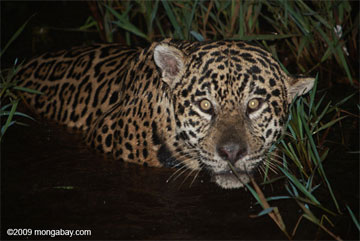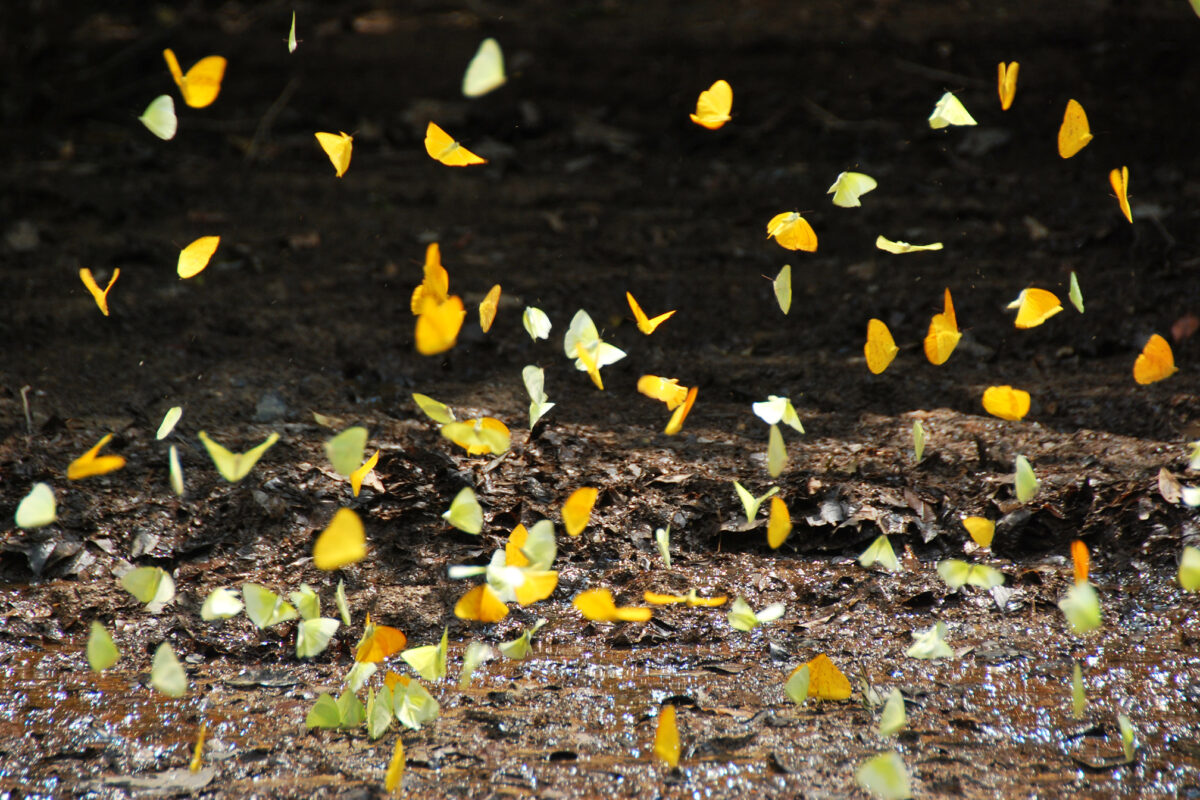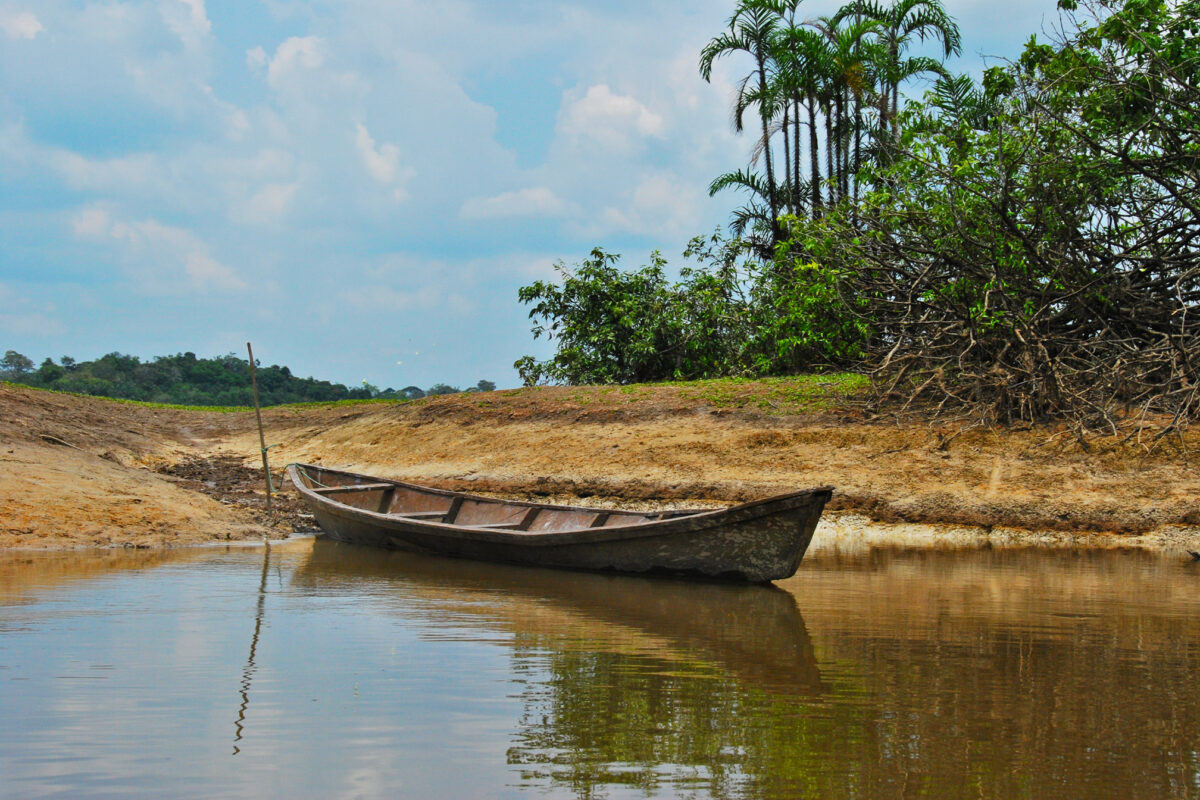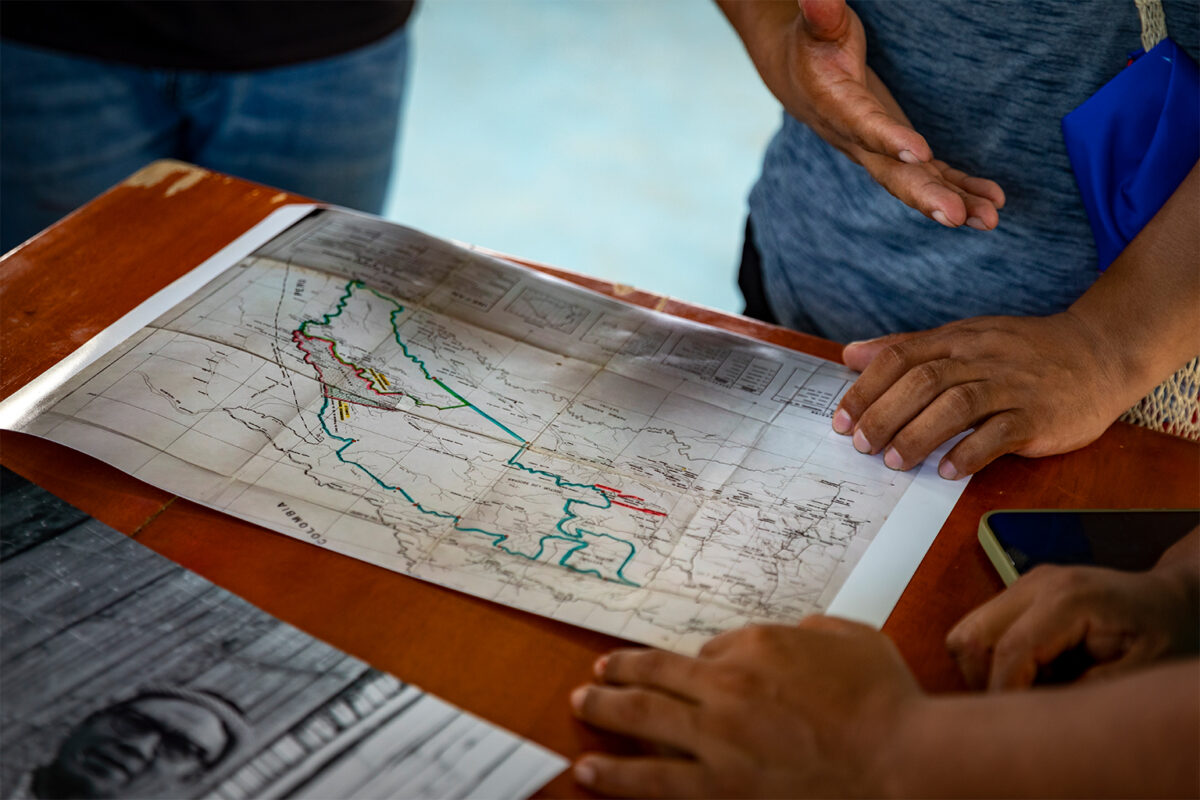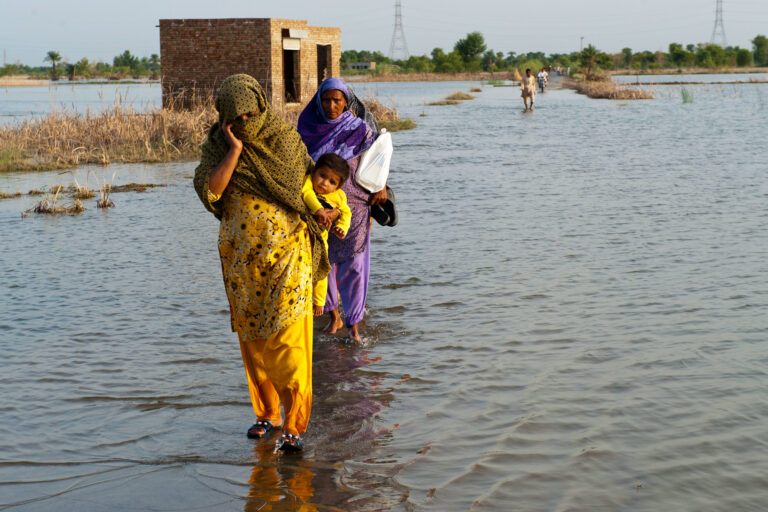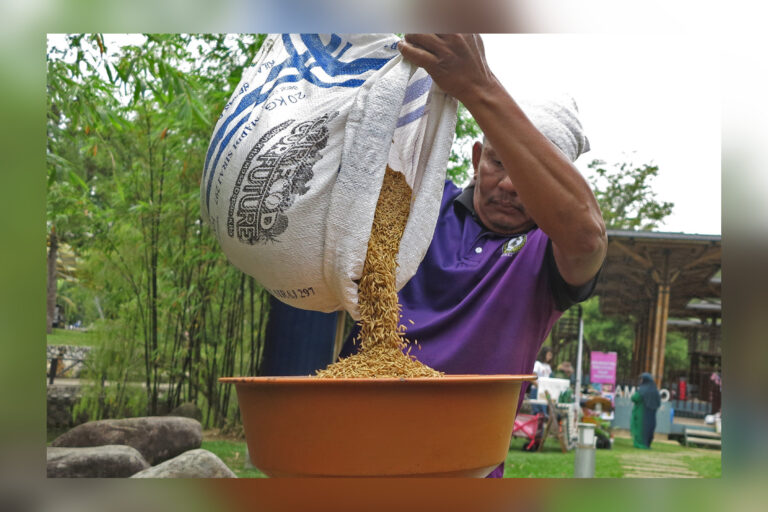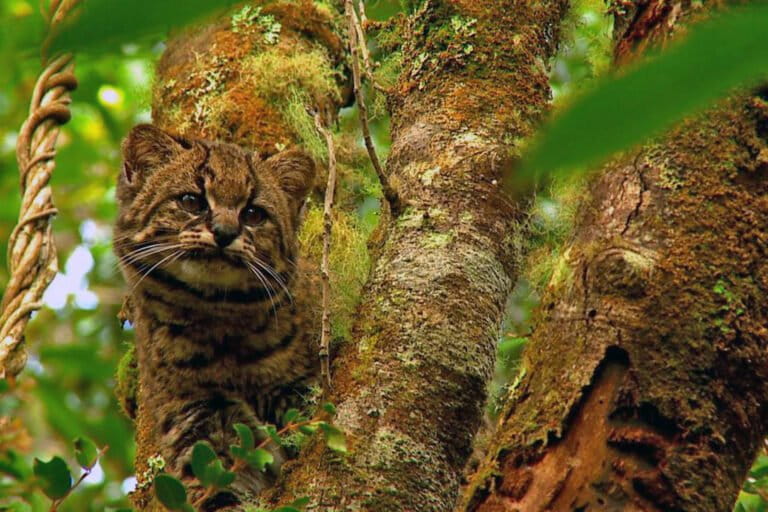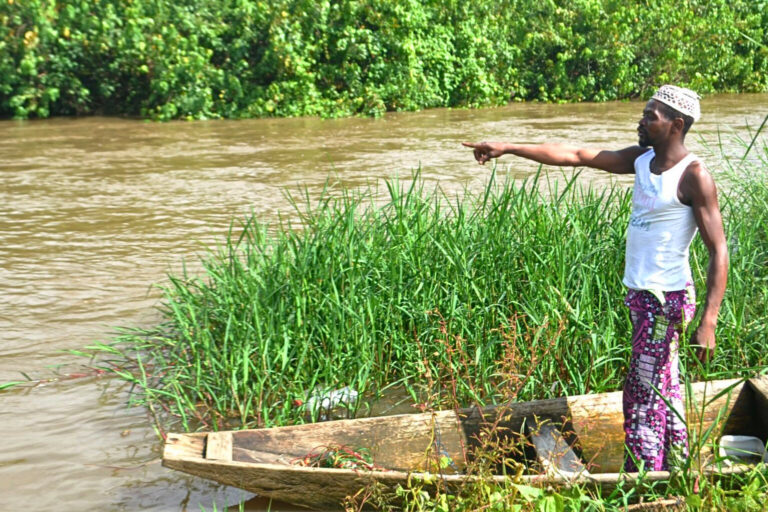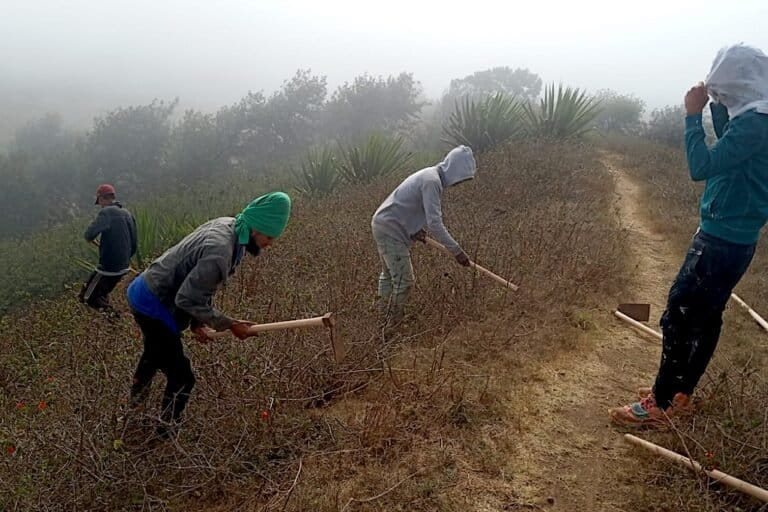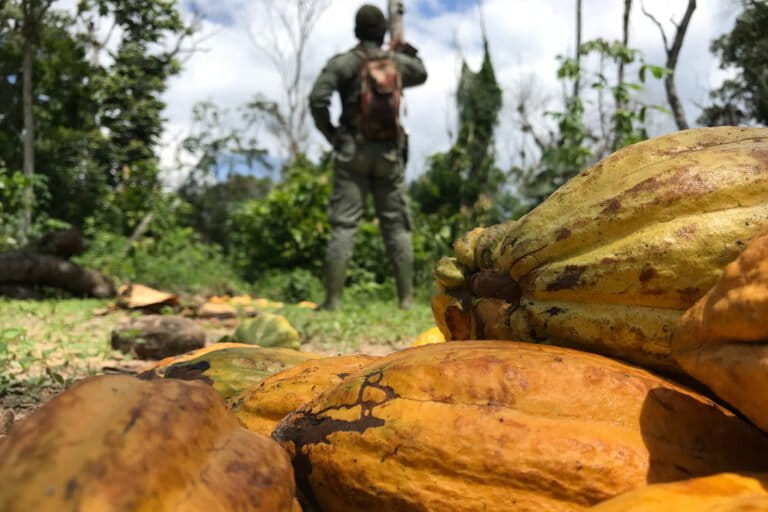Researchers have captured the first-ever photo of a jaguar on Barro Colorado Island, a key tropical forest research site in Panama, reports the Smithsonian Tropical Research Institute (STRI).
The picture was snapped by a camera trap set up by Montclair State University zoologist Jackie Willis and her husband Greg. The pair have been using the traps — which use infrared to detect and photograph passing wildlife — for animal surveys on Barro Colorado since 1994.
“These cats are incredibly elusive and sightings on the mainland, let alone Barro Colorado Island, are extremely rare,” said Jackie Willis. “This is what makes this photo so exciting—it offers proof positive that despite all the obstacles it faces this species is still making its way in Panama. We will be on the lookout for jaguar scat and tracks, and we will hope this individual passes by another camera trap before it leaves the island.”
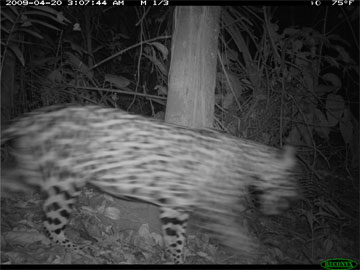 Camera trap picture from Barro Colorado. Courtesy of STRI
|
Jackie Willis belies the cat is just a temporary inhabitant of the island, having swam over from the mainland. Barro Colorado, an island in Gatun Lake — which forms part of the Panama Canal, is too small to believed to be too small support a carnivore the size of a jaguar for an extended period of time.
“Jaguars need remarkably large expanses of habitat to survive and Barro Colorado is too small to support even one animal. But the presence of even the odd individual that swims out there means that jaguars are still moving through the Canal area between patches of fragmented forest,” said William Laurance, staff scientist at the Institute.
“Our photo of a jaguar on Barro Colorado is a sign of hope,” added Jackie Willis. “It proves jaguars are still in this area.”
Her husband Greg spotted a jaguar on the island in 1983. Few other jaguar have been sighted in the island’s 85-year history despite being one of the most-studied tracts of forest on Earth as a key research station for STRI.
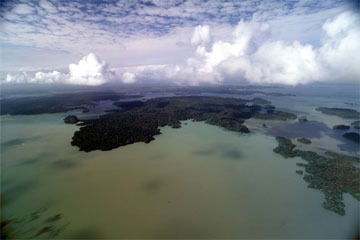 Barro Coloraddo. Courtesy of STRI |
Barro Colorado was not always an island. It was once a forested hilltop amid a rich tropical rainforest. When the Panama Canal was constructed, the Chagres river was dammed and the valley was flooded, leaving the hilltop an island of six square miles of forest. Barro Colorado Island was declared a biological reserve in 1923 and since has been the center of intensive research (since 1946 the island has been a research site run by the STRI). Over the last seven decades, researchers have recorded profound changes in the animal population. Without sufficient amounts of prey, large predators like the jaguar, puma, and harpy eagle were the first to disappear. Without large predators, mammals like pacas, agoutis, peccaries, and coatimundis populations skyrocketed to levels 2-10 times their normal concentration. But by 1970, 45 birds species had disappeared due to the increased omnivore population and the loss of niches like meadows and forest edges. Scientists studying these changes have made important contributions to the study of biogeography, which looks at the relationship between biodiversity and the area of a habitat. Today the island is seen as a world class research laboratory.



